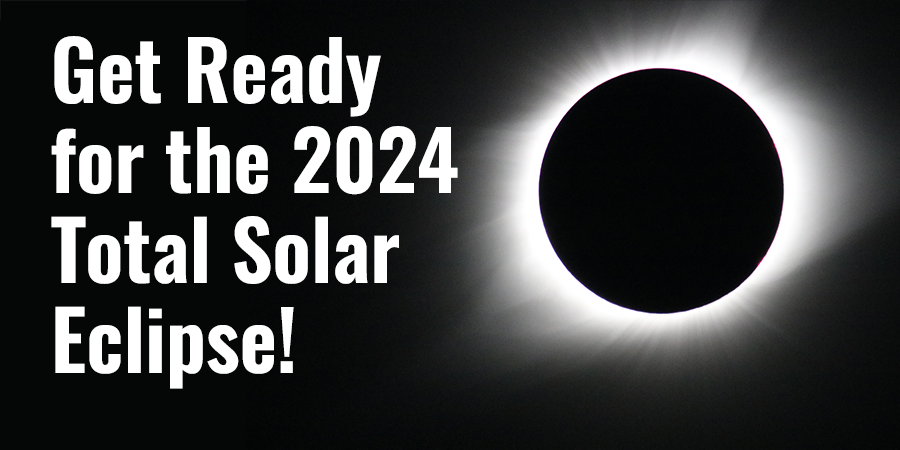Making Radio Contact with the Space Station
If you consider FM-radio a bit old-school compared to your portable MP3 stash, it may be time to think again—with a look to the sky.
 Not only is it possible to see the International Space Station with the naked eye, it's also possible to make unofficial radio contact—from home or school! The ISS is equipped with its own HAM radio setup, enabling classes and interested amateur radio operators to talk to someone in space via radio. Tracking the ISS and attempting to make contact yourself would make a great independent science project. And if you get through—talk about bragging rights with your friends!
Not only is it possible to see the International Space Station with the naked eye, it's also possible to make unofficial radio contact—from home or school! The ISS is equipped with its own HAM radio setup, enabling classes and interested amateur radio operators to talk to someone in space via radio. Tracking the ISS and attempting to make contact yourself would make a great independent science project. And if you get through—talk about bragging rights with your friends!Have you ever experimented with radio broadcasting? Ever used a CB-radio? Ever picked up a set of walkie talkies and used them with friends or family? Ever considered pulling on headphones and talking to someone on the space station from your bedroom or office or tree house? It sounds almost like something that belongs in a graphic novel or spy story, but it's absolutely possible to send out a radio call to the International Space Station (ISS) and have a free-floating astronaut—a scientist aboard the ISS who is working on one of a variety of ISS-based research projects—answer you. That's because the space station is fully equipped with its own ISS HAM radio station.
Hard or Not?
How hard is it to contact the ISS with basically an antenna? According to HAM radio operators, successfully reaching the space station may be more luck than a function of superior equipment—which makes it a fun challenge for a student with an industrious engineering spirit, a lot of patience, and a willingness to play the odds.
There are several logistics involved in making contact with the ISS.
- Altitude: First of all is the fact that the ISS flies at a variable altitude of approximately 240 miles above the surface of the earth. To put that into perspective, a standard commercial plane (the kind you fly to Grandma's) flies somewhere between 25,000 and 37,000 feet—so an altitude of 5-7 miles.
- Speed: The ISS travels somewhere in the range of 17,000 miles an hour. So when it passes overhead, it's going to do so quickly!
- Duration: Because the ISS moves so quickly, its orbit is relatively short. Its near-circular orbit takes about an hour-and-a-half, which means it orbits almost 16 times a day. That means you have a number of available windows for making contact!
- Astronauts are Busy! Astronauts aboard the ISS have busy schedules (including several hours of mandatory exercise a day), so it might be hit or miss to catch someone at the HAM radio.
If you're interested in seeing if you can make contact, you'll first need to put your equipment in place. The National Association for Amateur Radio lists the following equipment as the baseline: "a 2-meter FM transceiver and 25-100 watts of output power. A circularly polarized crossed-Yagi antenna capable of being pointed in both azimuth (N-S-E-W) and elevation (degrees above the horizon) is desirable."
Once your radio is working, and you've gotten a license (required for amateur radio operators), you'll have to keep your eye on the ISS so that you'll be able to predict when it will be passing over your area. There may only be a few minutes of a "window" as it passes over, so you'll need to be ready. But since it orbits once every 93 minutes, you'll have time for a snack and a walk around the block before your next attempt!
To begin tracking the ISS, try one of these sites:
- http://spaceflight.nasa.gov/realdata/tracking/
- http://www.n2yo.com/satellites/?c=18
- http://heavens-above.com/
- http://www.amsat.org/amsat-new/tools/
Nuts and Bolts
If you're interested in the nuts and bolts of broadcasting and electronics, Science Buddies has two projects that can help you get started building AM radios:
Radio Contact for Schools
In addition to impromptu radio contact with the ISS, it is also possible for schools to schedule contact. To find out more about the ARISS program, visit: http://www.arrl.org/amateur-radio-on-the-international-space-station. (See also: ISS Astronaut Creating Ham Radio Buzz, Taking Science to Students".)
Categories:
You Might Also Enjoy These Related Posts:
- Plastics and Earth Day - Science Projects
- Arduino Science Projects and Physical Computing
- 10+ Robotics Projects with the BlueBot Kit
- 5 STEM Activities with Marshmallow Peeps
- March Madness Basketball Science Projects: Sports Science Experiments
- Women in STEM! More than 60 Scientists and Engineers for Women's History Month
- Explore Artificial Intelligence and Machine Learning with Student AI Projects
- 10 Reasons to Do the Rubber Band Car Engineering Challenge









